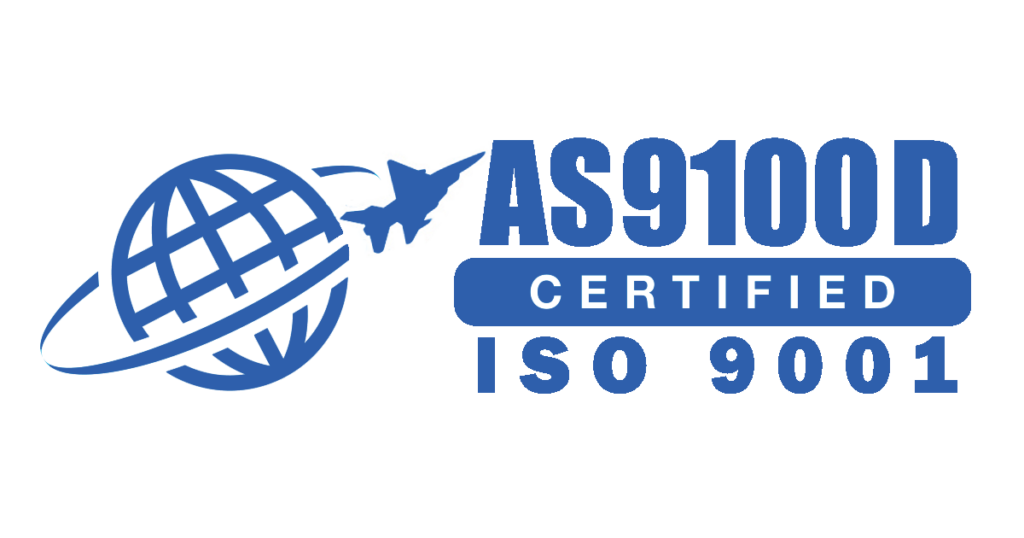More than ever, the US is relying on its ability to track what is in space. And yet, it is doing so with an architecture that was built for a very different threat. In this oped, Joshua Hartman, a former Pentagon official and House staffer who now leads the firm GEOST, argues that a new focus on space domain awareness.
Much has been made of the need for greater resilience and protection of US space assets, and with good cause: US government and commercial space systems alike face unprecedented, growing threats. In October, Russian diplomats at the UN openly threatened commercial satellites as “legitimate target(s).” This only a year after Russia recklessly conducted a direct-ascent anti-satellite (ASAT) test that destroyed one of its own satellites and littered low earth orbit (LEO) with dangerous debris.
The Commander of US Space Command has said the Space Force does not have the necessary Space Domain Awareness (SDA) data to abate the threat, protect space assets, and ensure continuity of operations in space. He has repeatedly testified that SDA is his “number one priority and number one shortfall” as “SDA helps us analyze, not just identify or catalog, what is occurring in space, which when combined with information from US intelligence agencies, helps develop an understanding of why things are happening, characterize intent, and provide decision advantages to our leaders.”

